the Ancient History Encyclopedia just posted an interesting link about the Boy King we all know as Tutankhamen.
The Famous Roman of all Times: Julius Caesar!
Julius Caesar excels as a politician and General. His exceptional personality and his important role in the fall of the great Roman Republic make him the most Famous Roman of all times.
Gaius Julius Caesar was born in Rome on July 12, 100 BC and was a member of a patrician family, the Julii. At a young age, he married Cornelia Cinna. She was the daughter of politician Cinna. In 88 BC, a civil war broke out between Roman politicians Gaius Marius and Lucius Cornelius Sulla. Because Sulla won this conflict Caesar was forced to divorce Cornelia because of her father who opted for Marius party. When Caesar refused, he was disinherited by the State and he had to temporarily flee Rome in 82 BC. He went to the East, where he served in the Roman army. When he learned that Sulla had died in 78 BC, he returned to Rome to start his political career.
Caesar in Gaul
During his career Caesar was very successful. He climbed the political ladder steadily and made a number of powerful allies, such as the influential politicians Crassus and Pompey. With their combined influence he accomplished a lot in the Senate and was mostly supporting the lower classes. Because of this he received a lot of hostility from the conservative politicians. When Caesar was fighting his prestigious war in Gaul from 58 BC to 50 BC, the conservatives used the jealousy of Pompey to turn him against Caesar.
Caesar becomes dictator of Rome
This hostility resulted in a civil war in 49 BC. Caesar fought with is trained/ experienced army against the joint forces of Pompey and the Conservatives. These battles lead him through Spain, Greece, the current Turkey, Egypt and the current Tunisia. Caesar defeated his enemies and returned and in 45 BC he returned back to Rome as dictator. There was however, a group of senators who longed back to the democratic Roman Republic and who rejected and denied Caesar his autocratic politics. On 15 March 44 BC they committed an attack on Caesar. With 23 stab wounds Caesar was murdered.
Julius Caesar: The Gallic Wars
So when I was browsing for information about Julius Caesar I found out that he had written a book back in his days. Also know as the “Commentaries on the Gallic war by Gaius Julius Caesar.”
Caesar’s Gallic Wars essays chronicle the history of his military engagements during the years 58-51 B.C. in Gaul, Germany, and Britain. And, as an aid to his readers, he provides expository information for those who are unfamiliar with the far-off lands and people encountered during his forays. (More information)
So for everybody who also wants to order this book (mine is already on it’s way!): take a look at the following site the Bookdepository.com
Hatshepsut propaganda part 2
In the first part I talked about Hatshepsut biography, and how she crowned herself as King of upper and Lower Egypt. In this period she started to show androgynous behaviour. In part 2: I will talk about how the androgynous behaviour became part of her propaganda.
Hatshepsut was known as the master of propaganda, most of Hatshepsut propaganda was supported by the high priests of Thebes. Hatshepsut let herself be drawn with all the Pharaoh’s regalia among those was the use of the beard. There aren’t many artefacts of which she is seen as a woman rather than a man.Some people say that the reason for this was that Tuthmosis III erased it form history. Some say that he did this as revenge for her Regency, where he only started to govern effectively at a late period in his life. Nowadays, Egyptologist are getting more convinced that Tuthmosis III erased this propaganda from history (tried) because a female Pharaoh in Egypt “No way” it’s just wasn’t done in the conservative Egypt and so Hatshepsut couldn’t be head of the Country. There a various reasons for this.
Hatshepsut tomb
The find of Hatshepsut tomb is seen as the most important find since the discovery of the final resting place of Tutankhamun. The mummy of the Queen was already found in 1903 in a small tomb in the Valley of Kings in Luxor. Al this time there her identity was unknown. There was still one mummy laying in the tomb, a nurse of Queen Hatshepsut. One story say that the two mummies where switched so that Hatshepsut final resting place was in the tomb or her nurse, which was done to protect her mummy from being destroyed by her successor Tuthmosis III. The reason for this is that Tuthmosis III he tried to destroy everything that reminded him of Hatshepsut.
Hatshepsut part 1
So who was Hatshepsut, how did she become one of the most known female Pharaohs from the 18the Dynasty and how did she use propaganda to influence the people? I will answer these questions in two posts this week starting with Hatshepsut biography.
Biography
Hatshepsut was the first wife of Pharaoh Tuthmosis II and one of the most famous female Pharaohs of the Eighteenth dynasty of ancient Egypt. The special thing about her was that she was one of the rare female Pharaohs. Her name means ‘ first under the noble women ‘, and her second name ‘ Maatkare ‘ is the Ka of Ra.
Hatshepsut has governed Egypt for 22 years which is longer than any other female monarch in ancient Egypt. So how did this al happen? After the dead of Tuthmosis II she was a regent for a small time in the place of Tuthmosis III who was found too young to rule. As his aunt she was founded suitable by a board to reign in Tuthmosis III place until he reached the appropriate age to become Pharaoh. In the beginning of her Regency she behaved like a woman of a Pharaoh.
The moment when Tuthmosis III reached the age she began to behave like Sobekneferu*. But after seven years of Regency she went even further than Sobekneferu, She crowned herself as King of upper and Lower Egypt official. In this period she went through a very androgynous (male and female) behaviour which is showed in found artefacts and several places such as her temple, she is depicted with male upper body and/or men’s clothing. In some texts, she is alternately with “he” and “she”.
She was the daughter of Pharaoh Amenemhat III. Sobekneferu is the first known female ruler of Egypt, although Nitocris may have ruled in the Sixth Dynasty, and there are five other women who are believed to have ruled as early as the First Dynasty. According to the Turin Canon, she ruled for 3 years, 10 months, and 24 daysin the late 19th century BC.

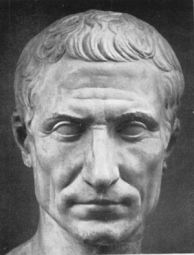
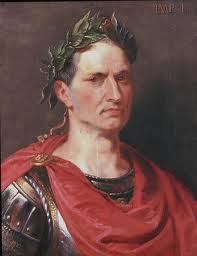


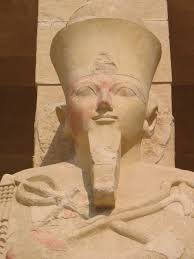
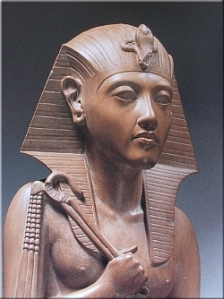
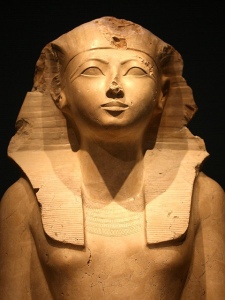
You must be logged in to post a comment.